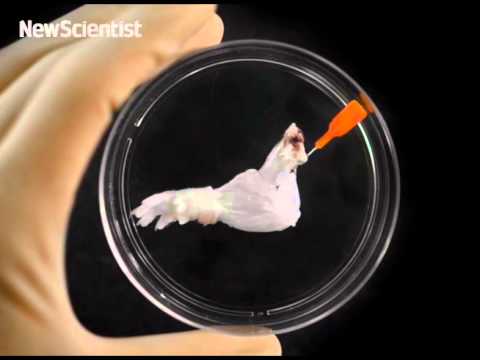Oct 15, 2015
Researchers use engineered viruses to provide quantum-based enhancement of energy transport
Posted by Phillipe Bojorquez in categories: bioengineering, genetics, particle physics, quantum physics, solar power, sustainability
Nature has had billions of years to perfect photosynthesis, which directly or indirectly supports virtually all life on Earth. In that time, the process has achieved almost 100 percent efficiency in transporting the energy of sunlight from receptors to reaction centers where it can be harnessed—a performance vastly better than even the best solar cells.
One way plants achieve this efficiency is by making use of the exotic effects of quantum mechanics—effects sometimes known as “quantum weirdness.” These effects, which include the ability of a particle to exist in more than one place at a time, have now been used by engineers at MIT to achieve a significant efficiency boost in a light-harvesting system.
Surprisingly, the MIT researchers achieved this new approach to solar energy not with high-tech materials or microchips—but by using genetically engineered viruses.

















